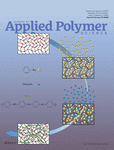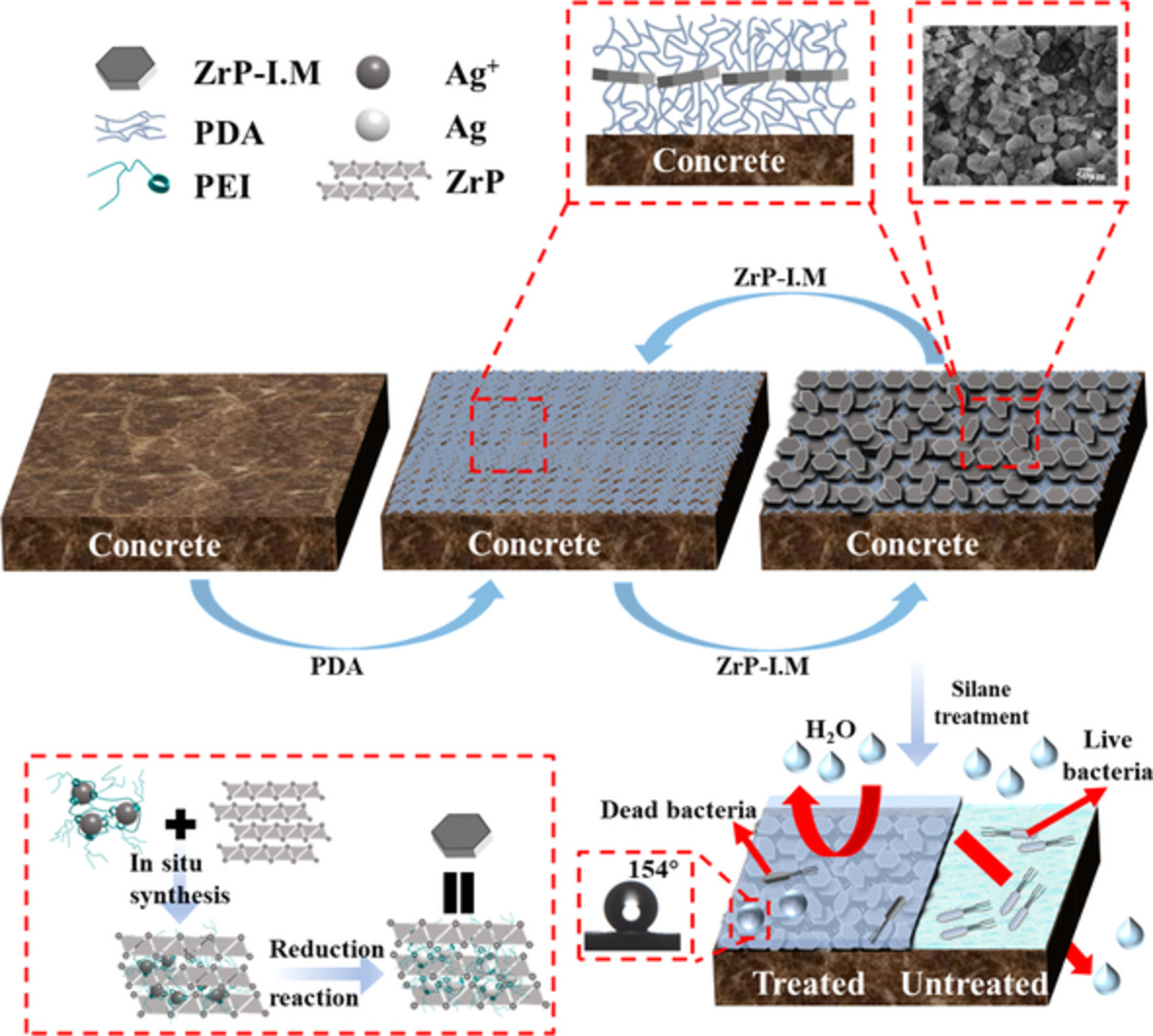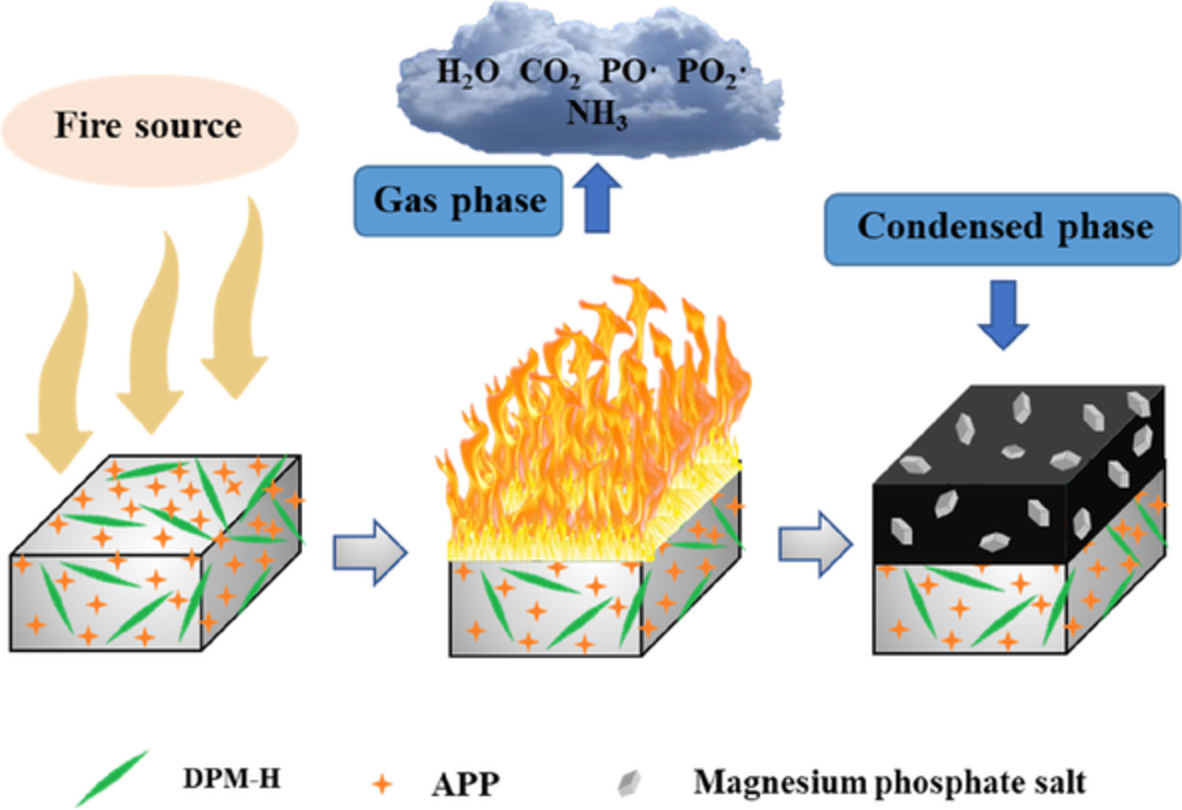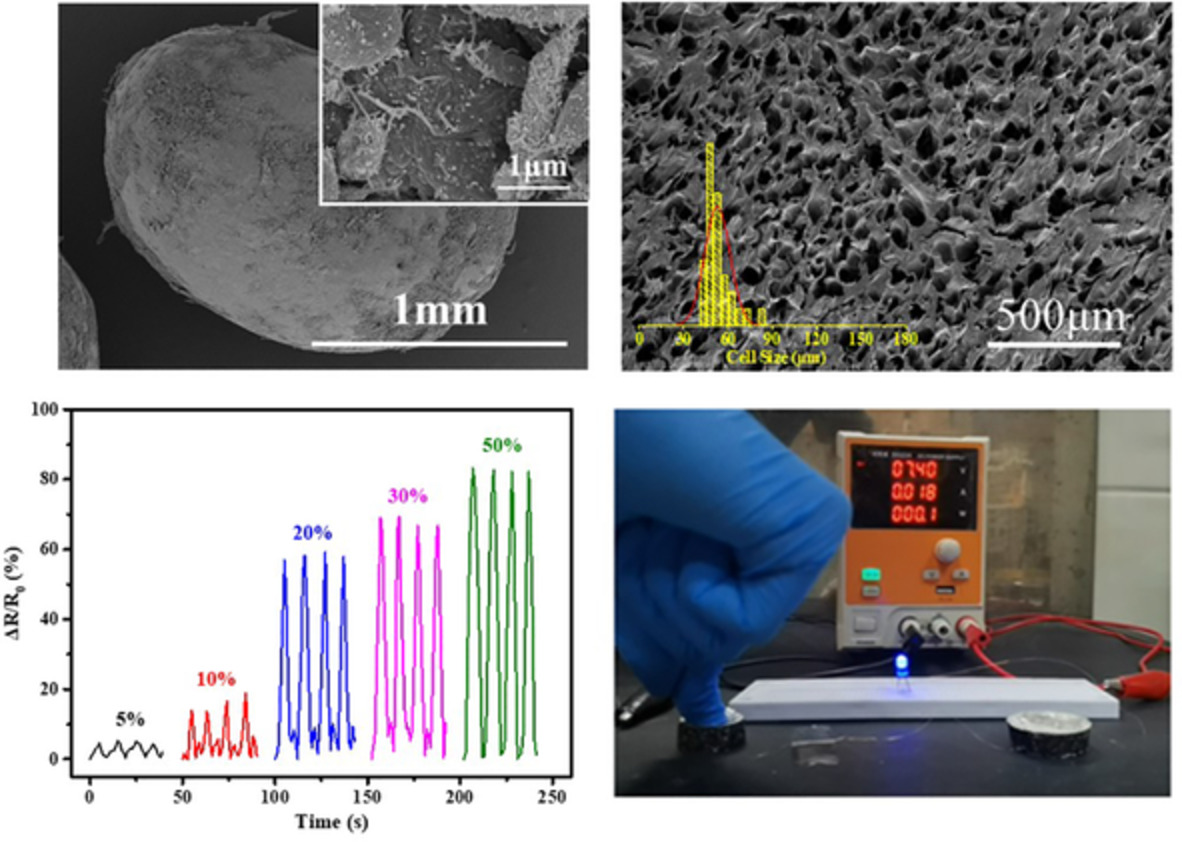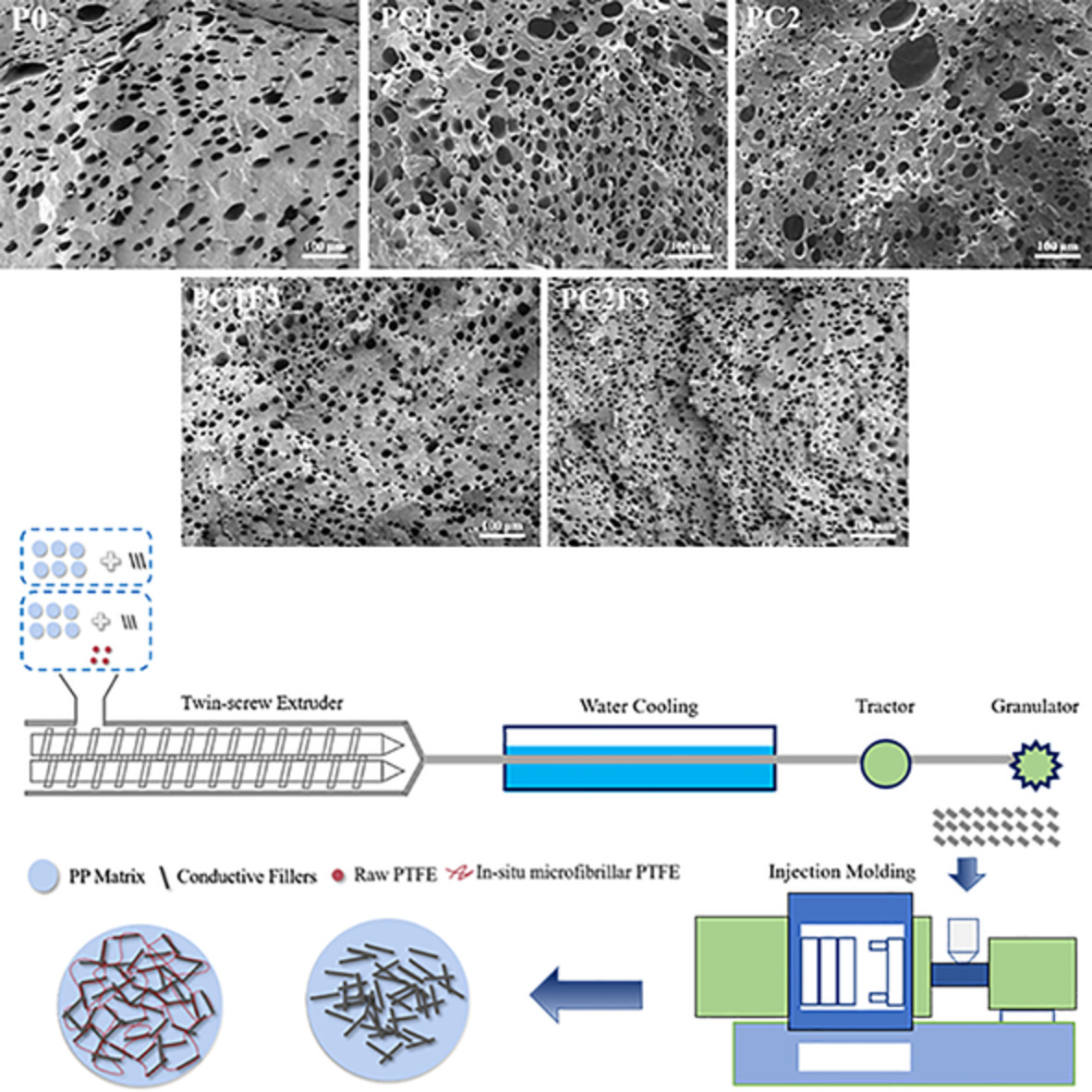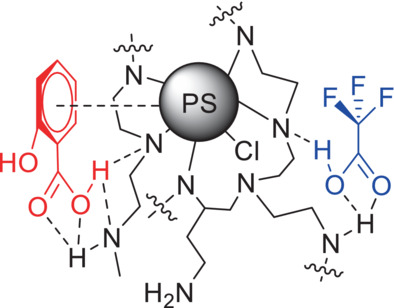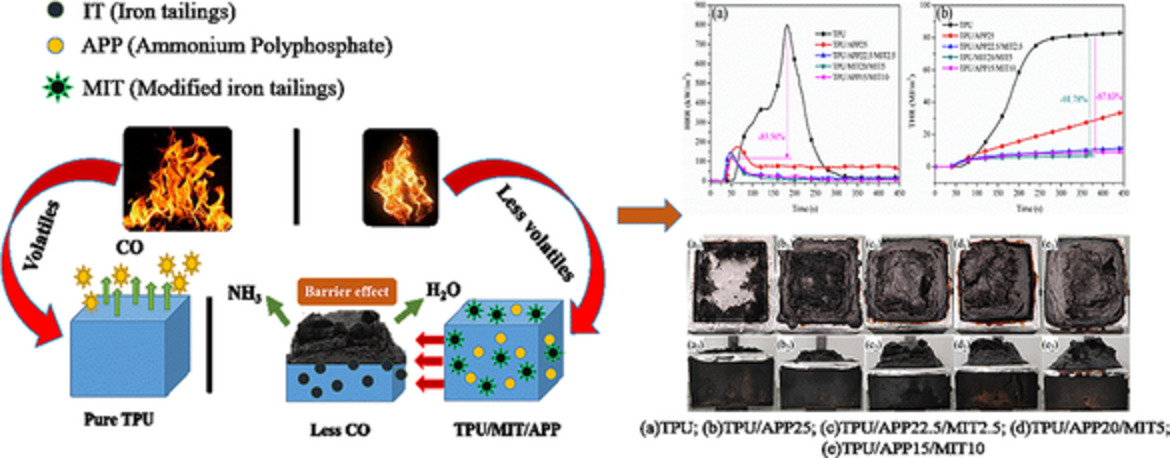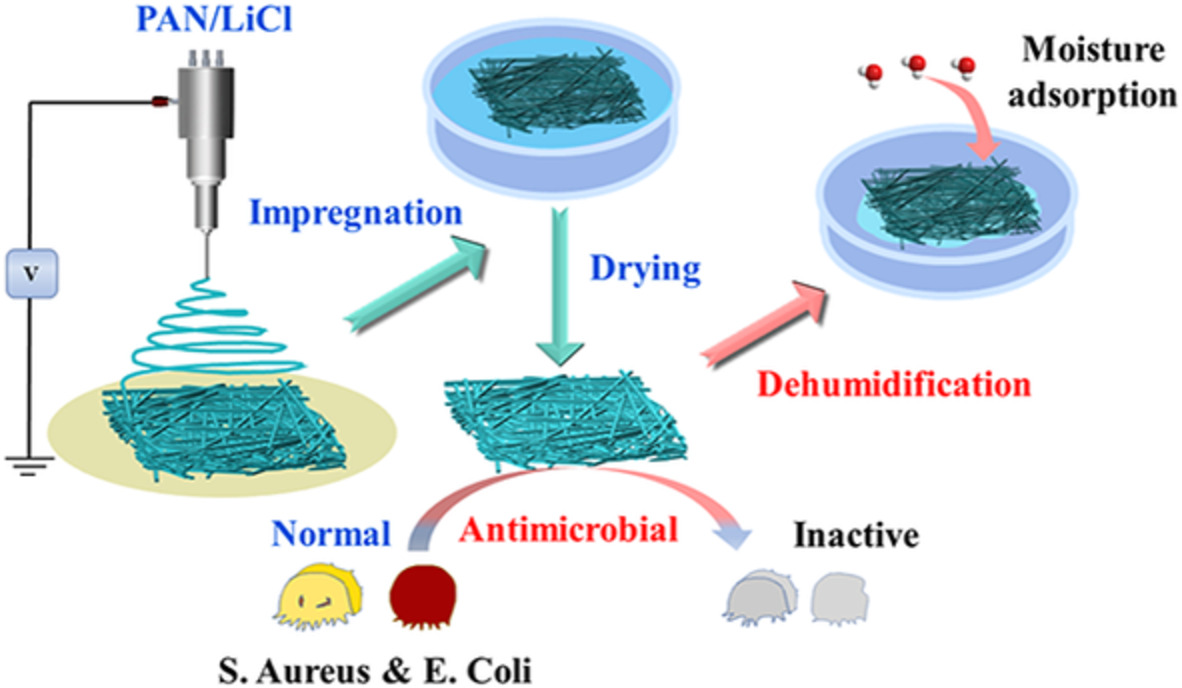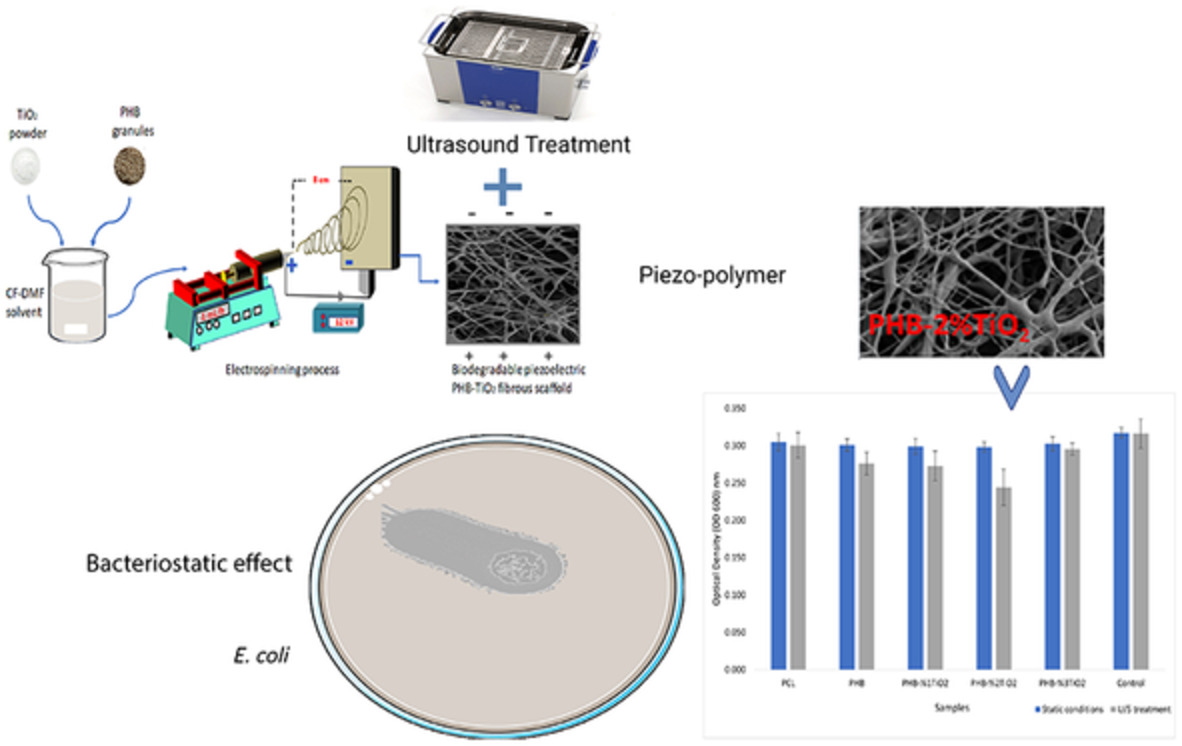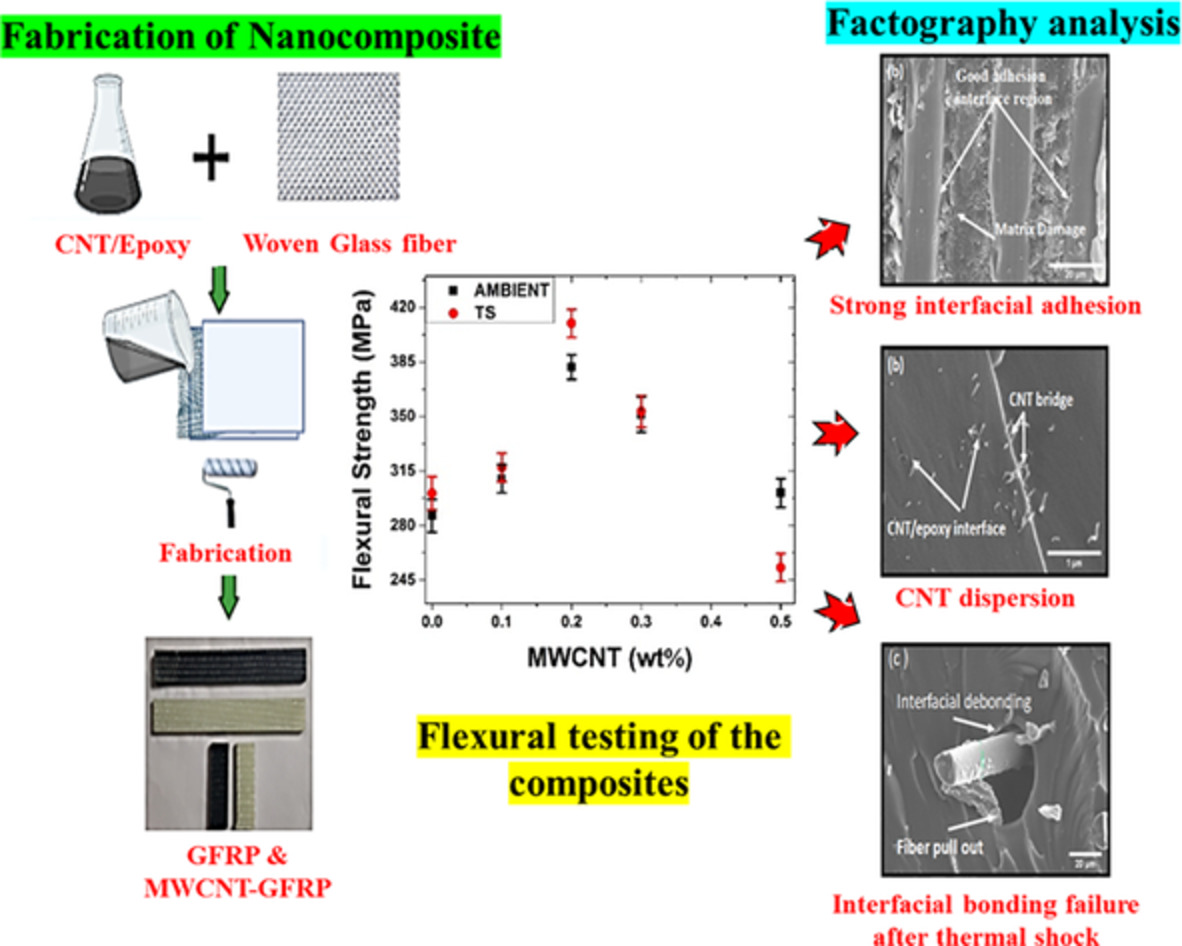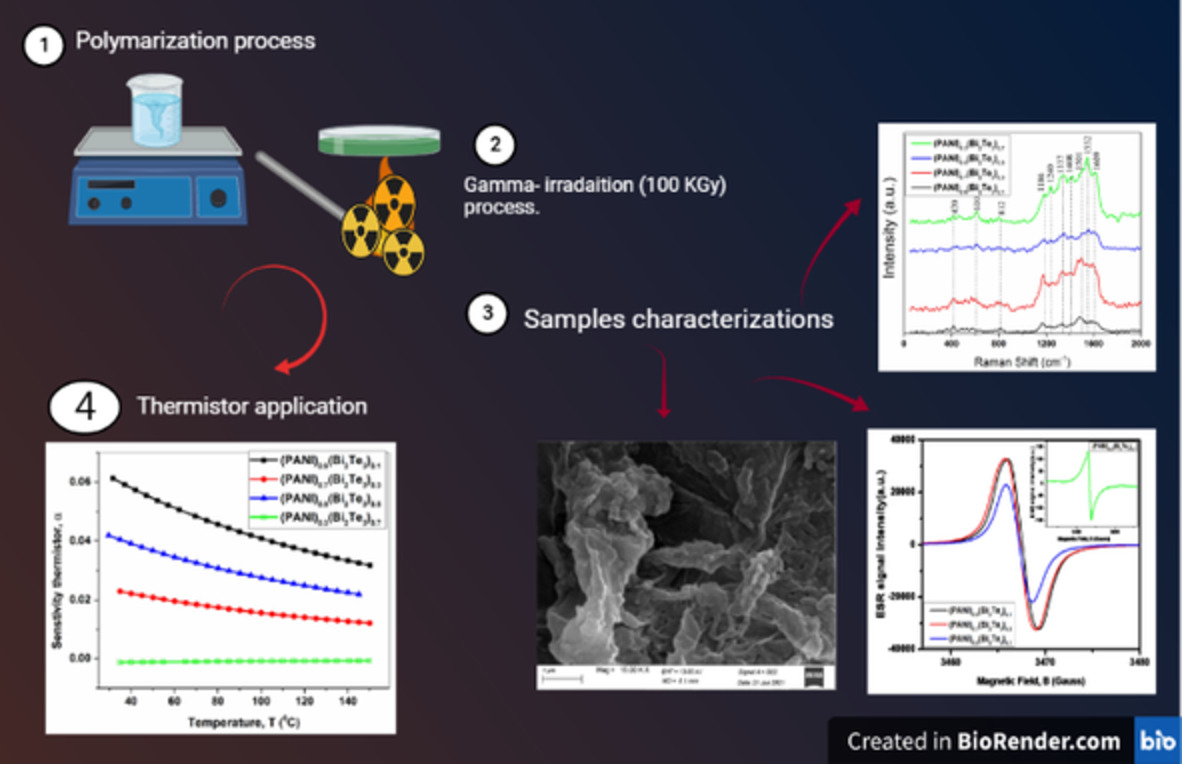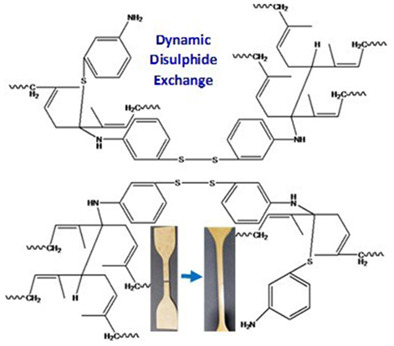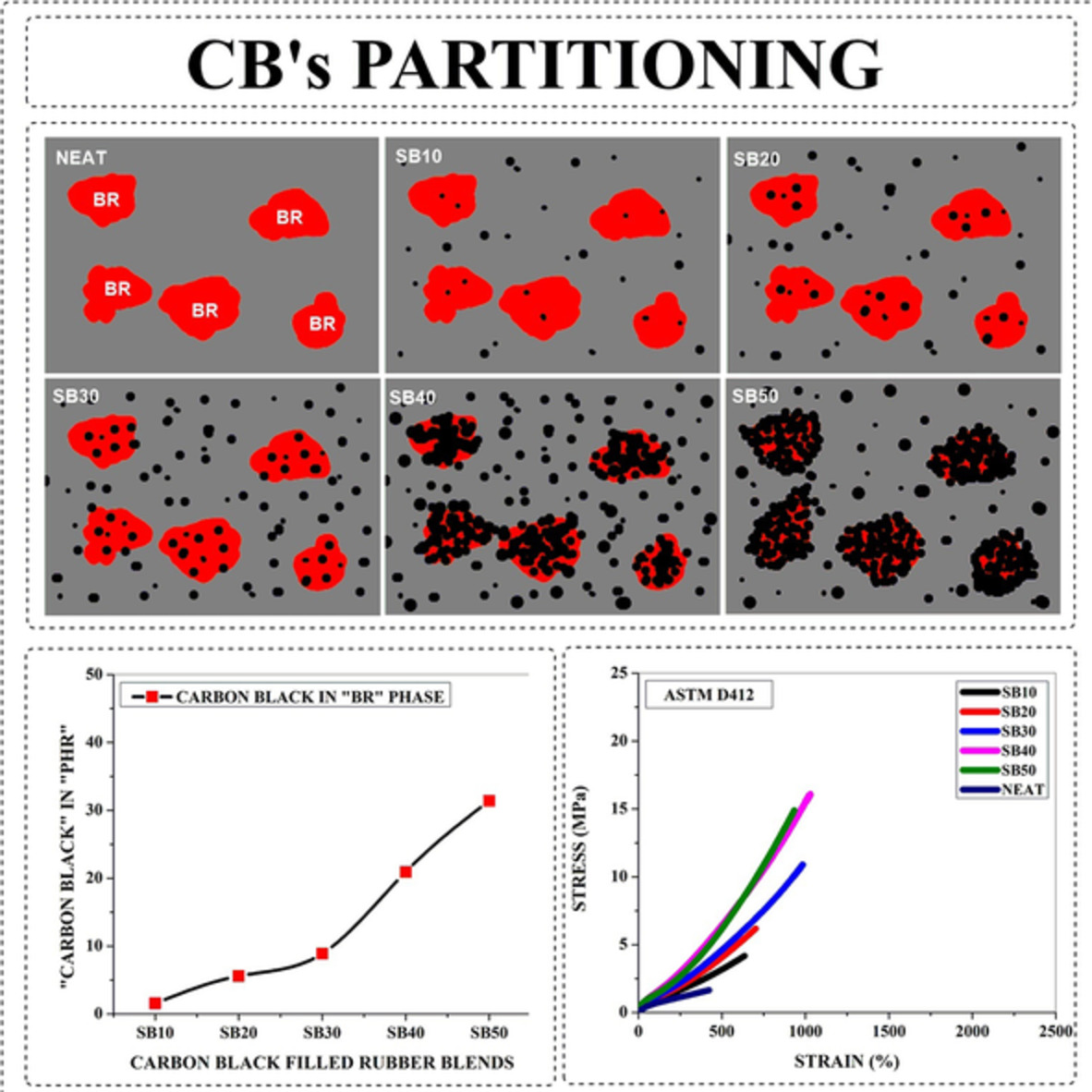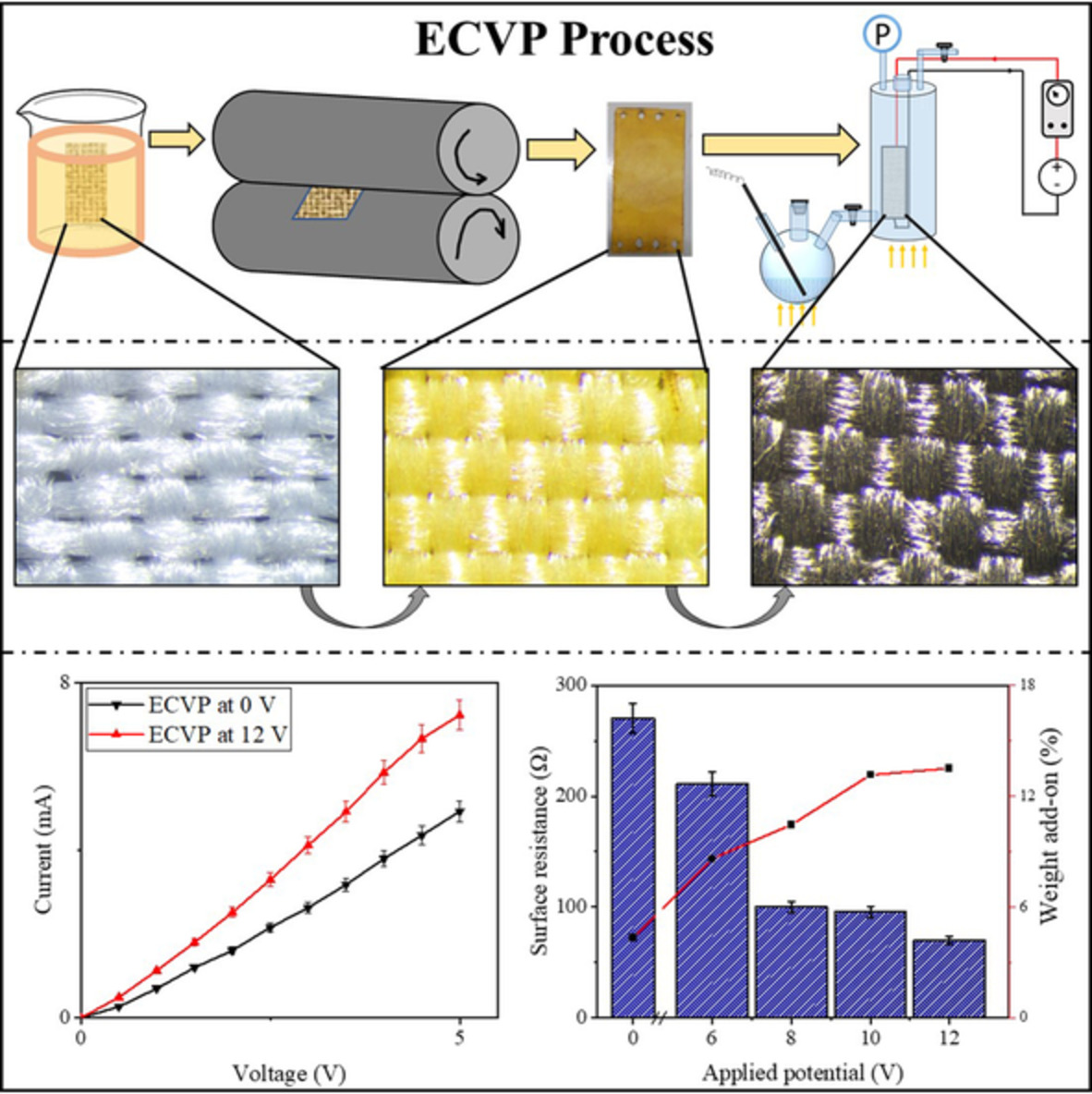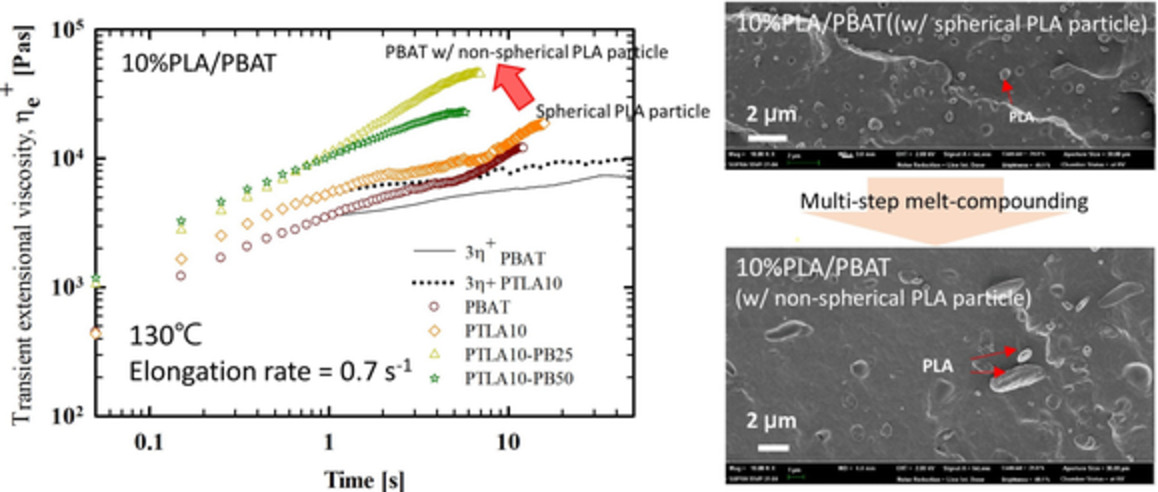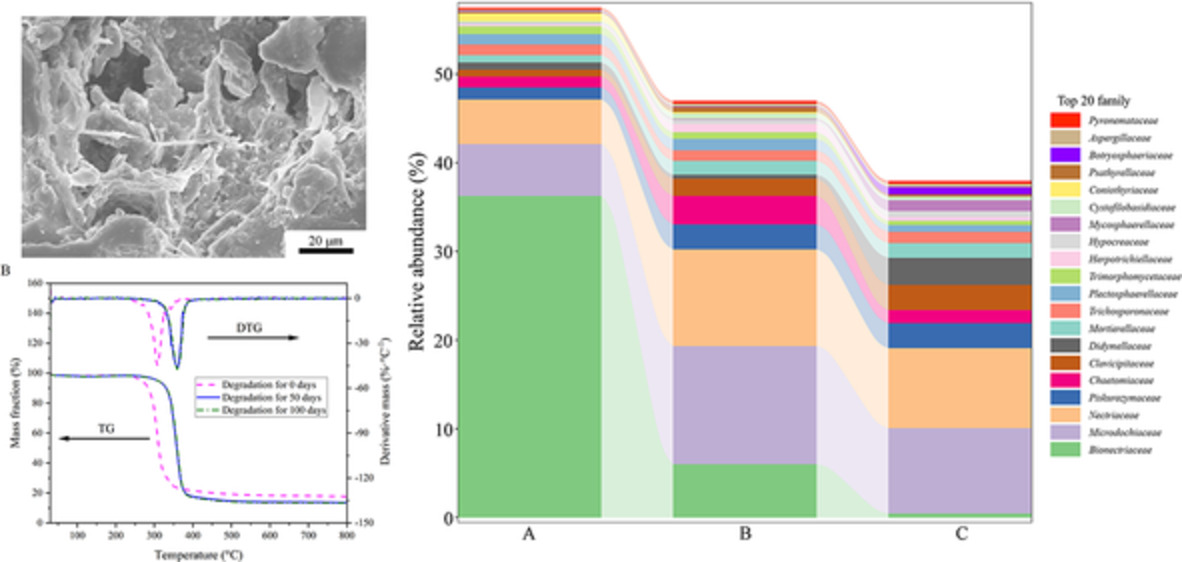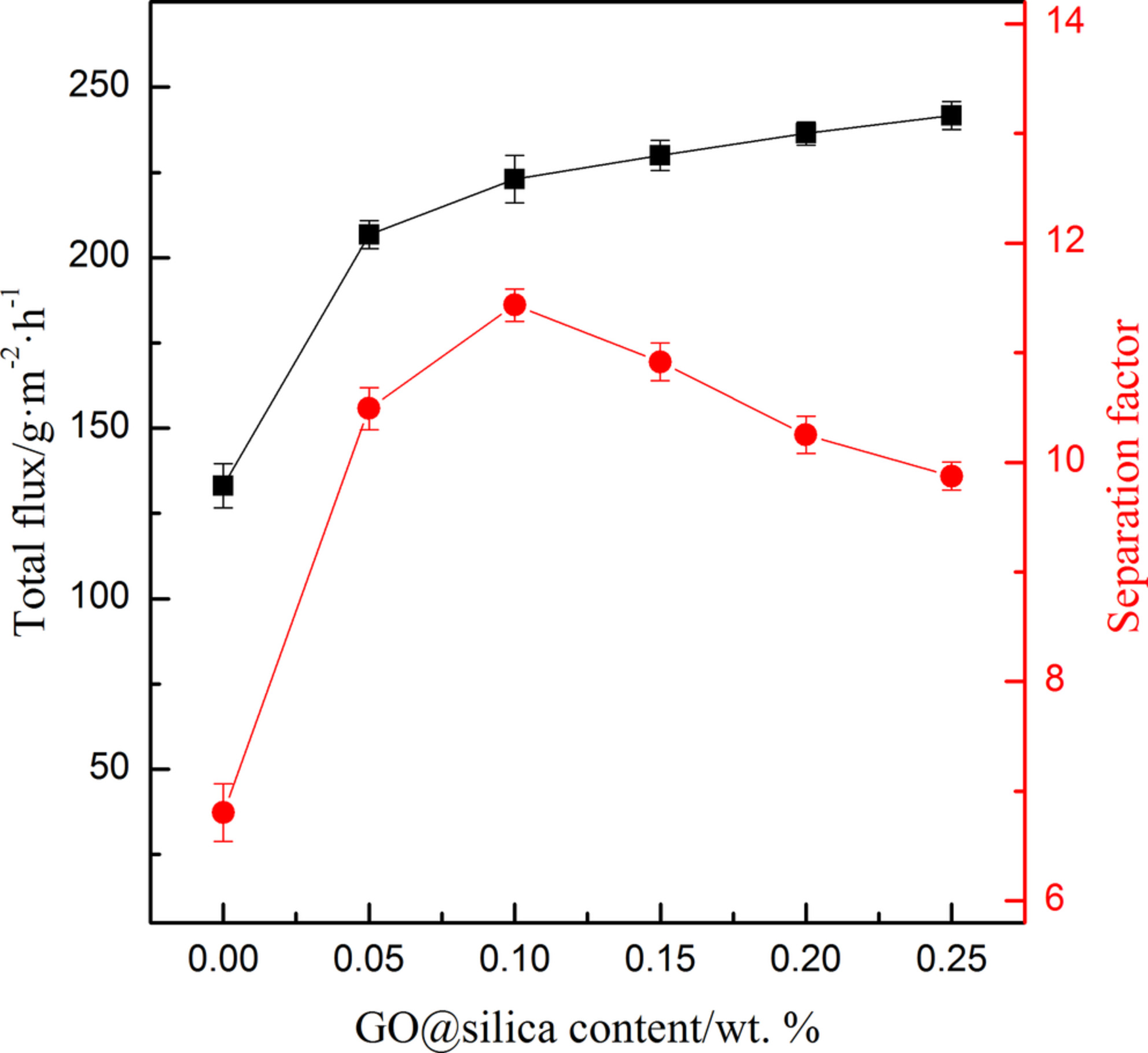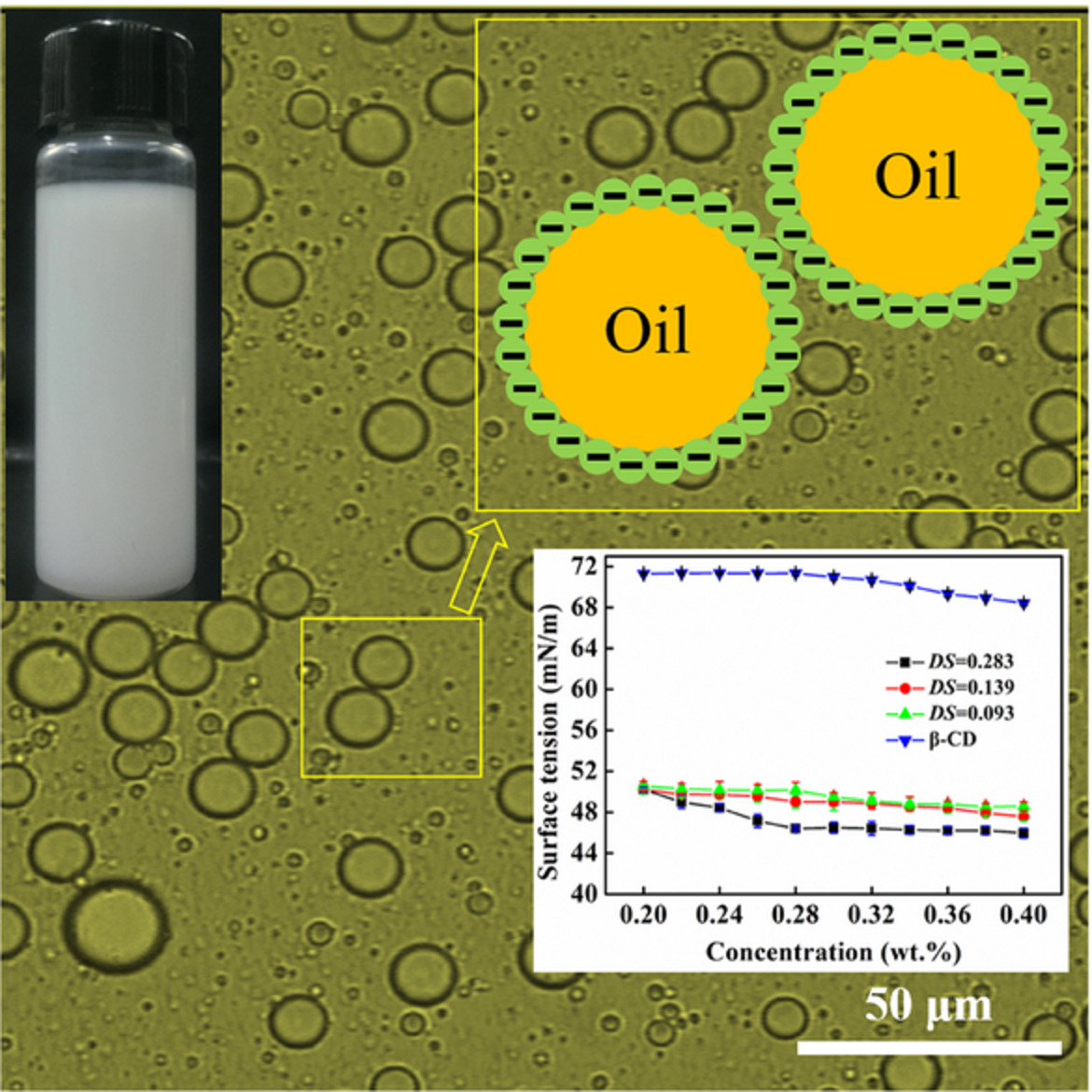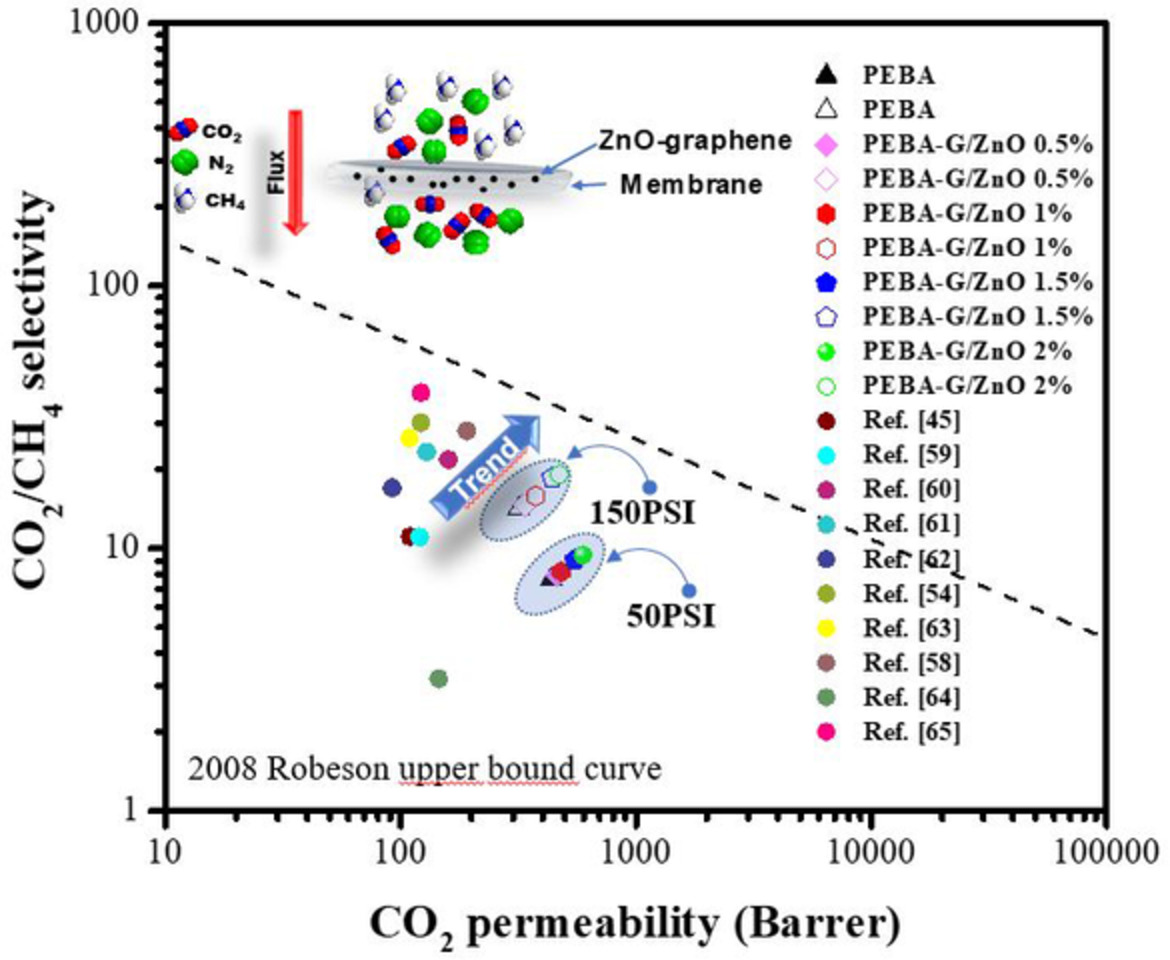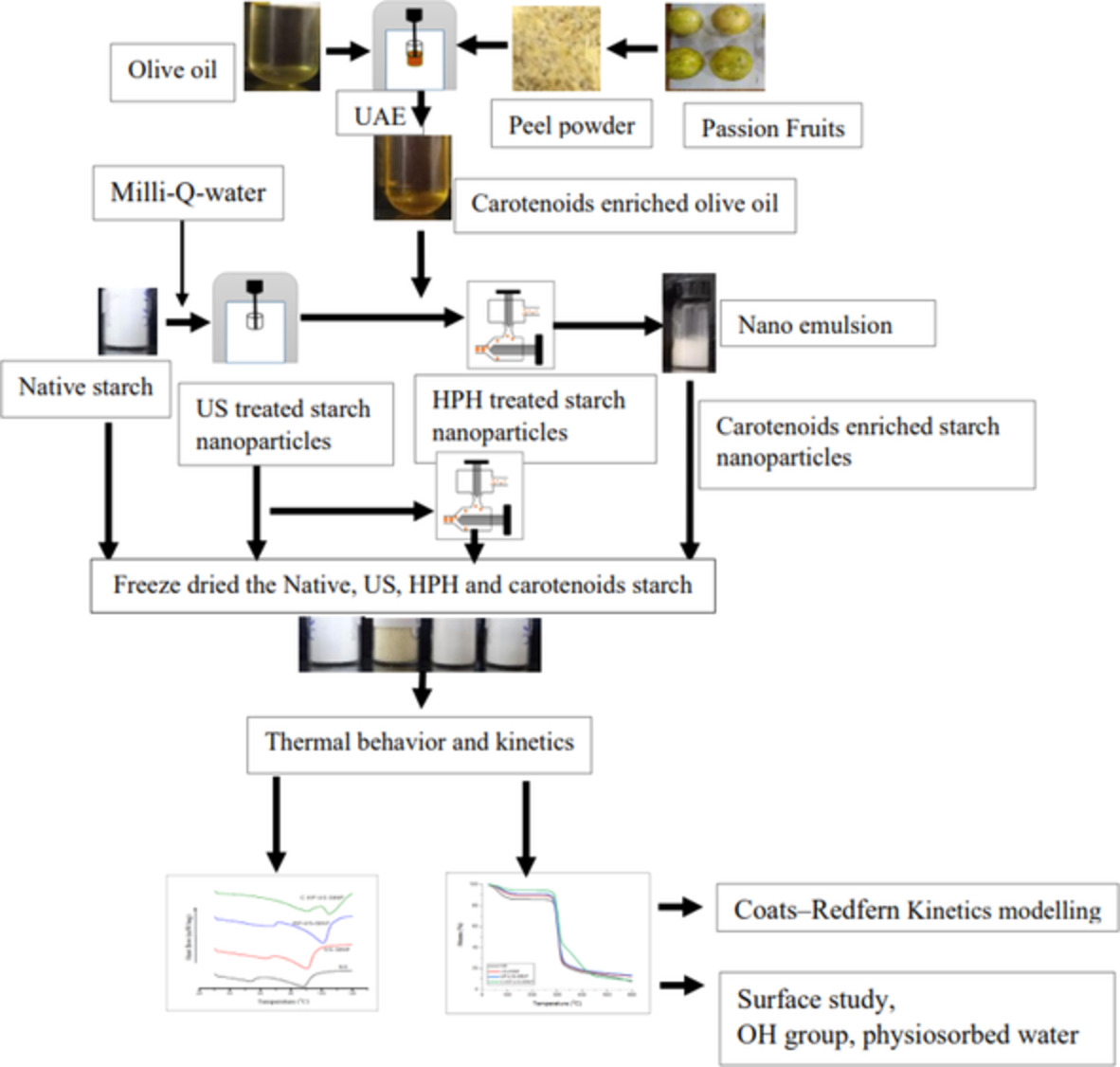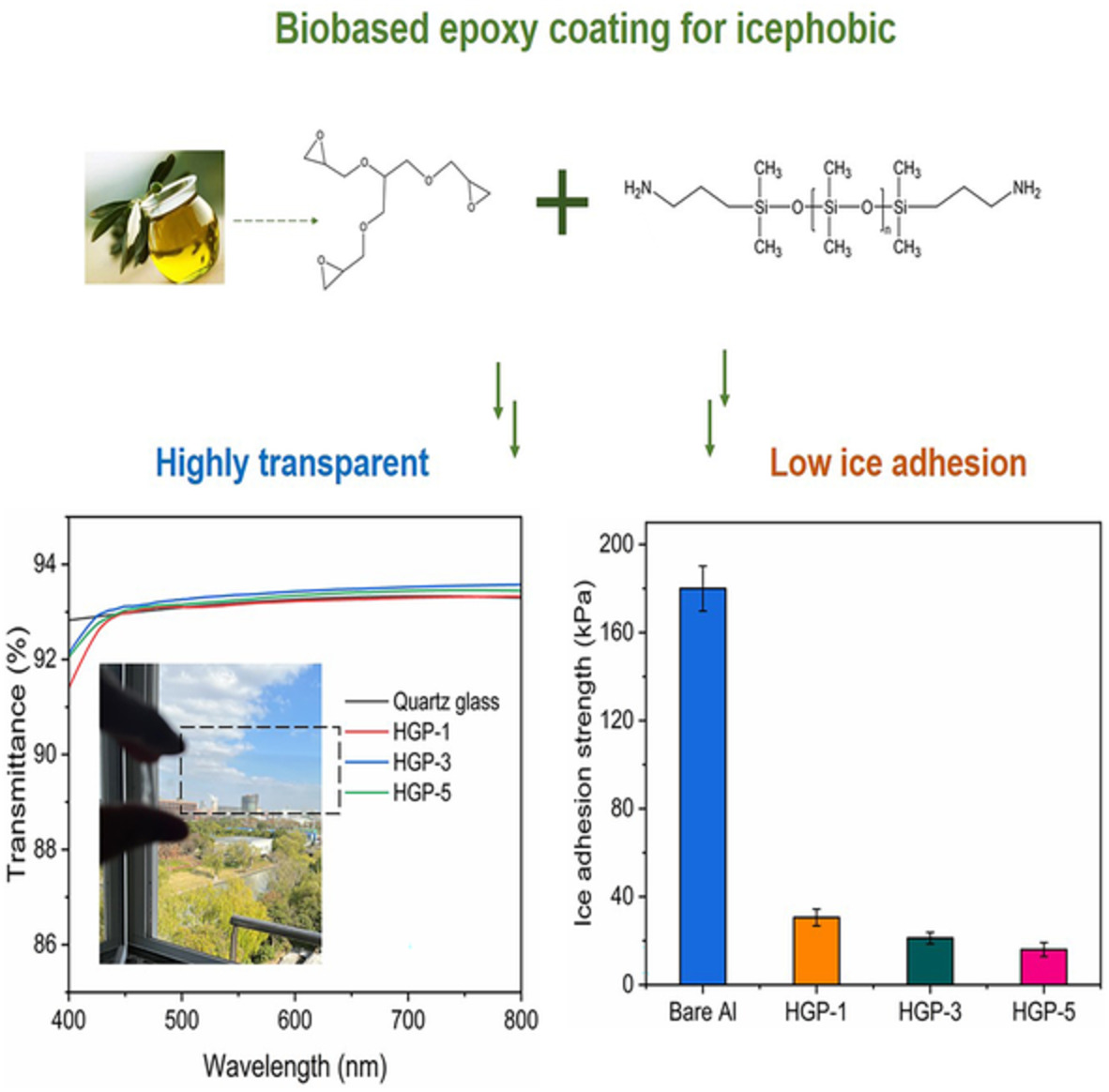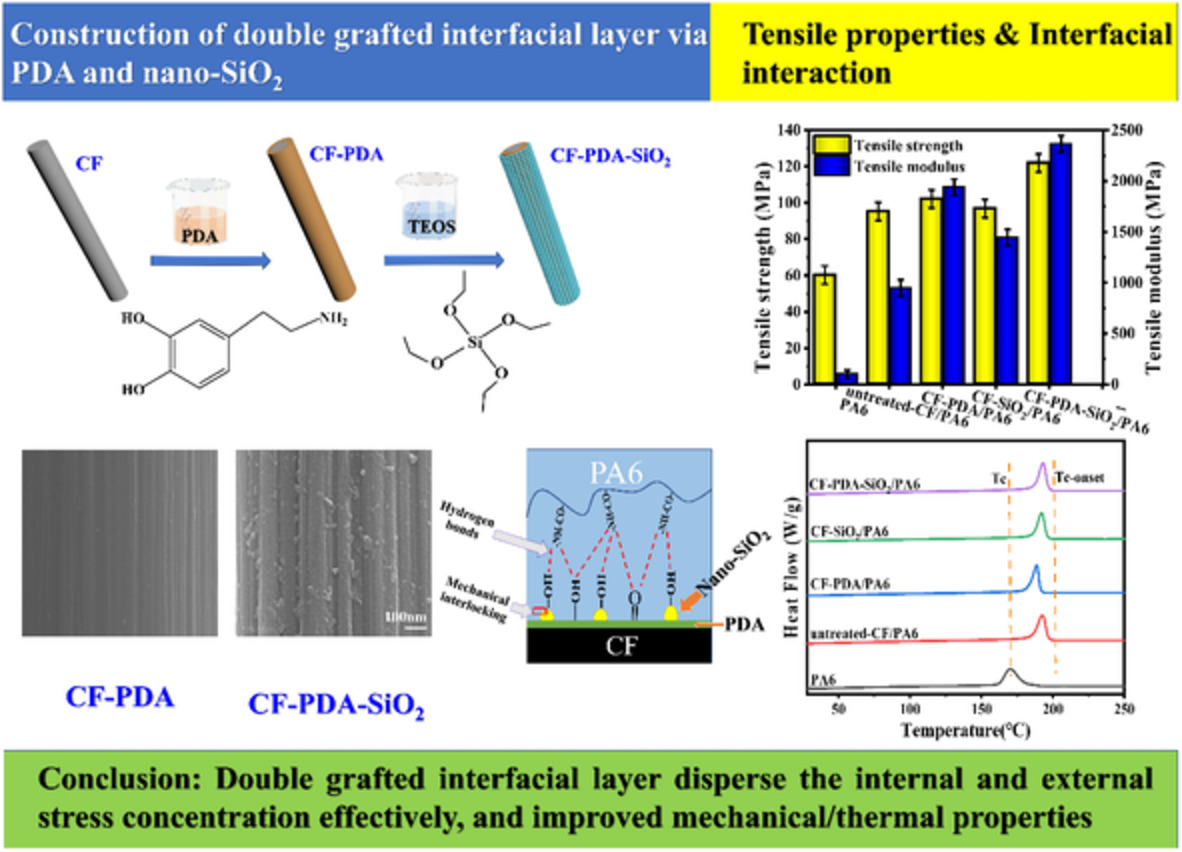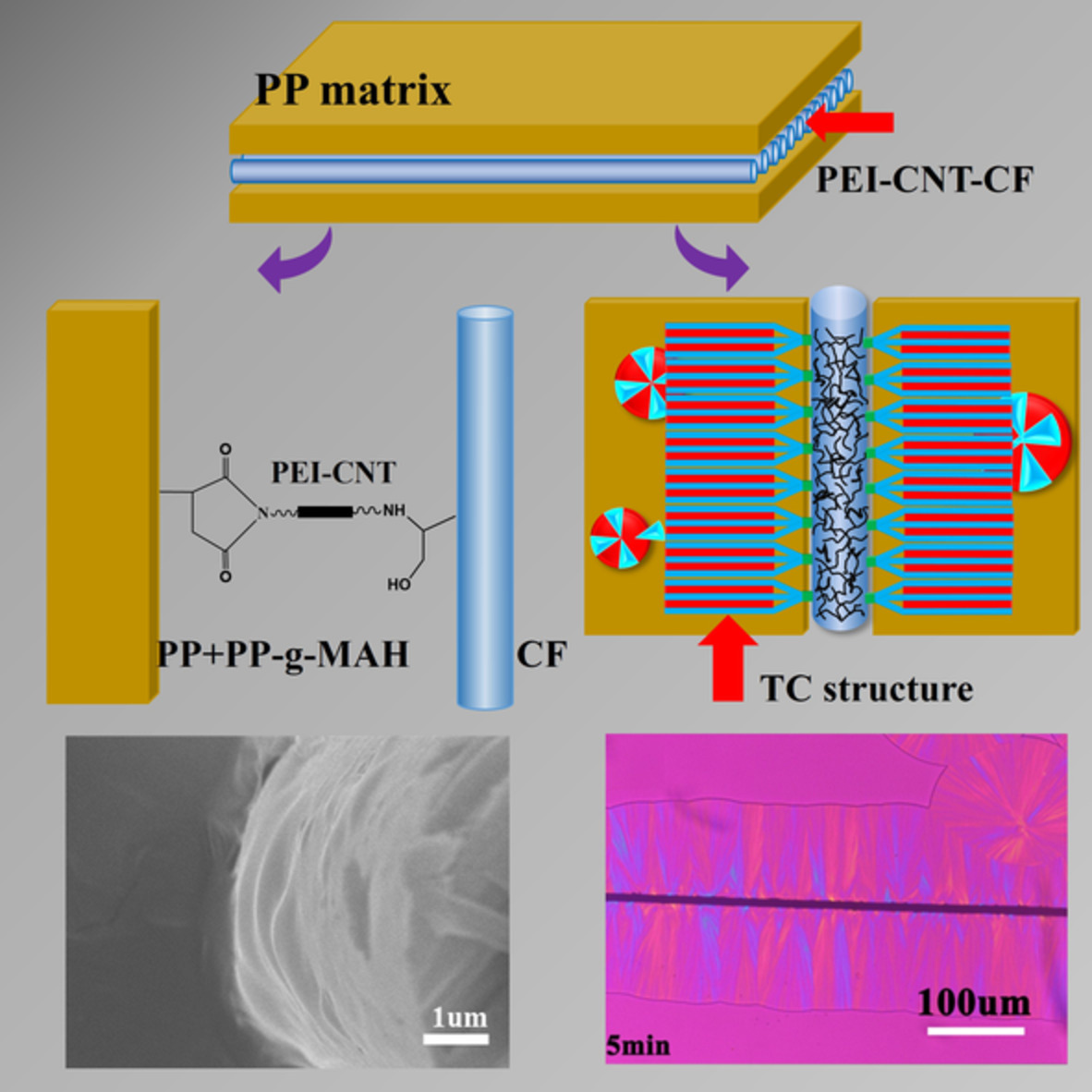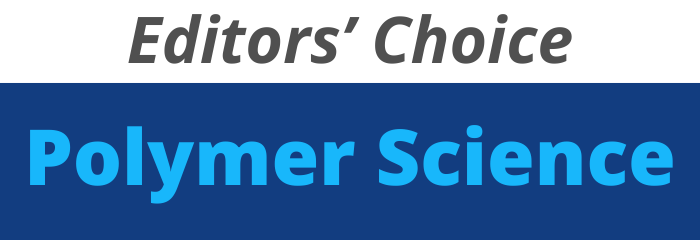Journal list menu
Export Citations
Download PDFs
COVER IMAGE
Cover Image, Volume 140, Issue 6
- First Published: 01 January 2023
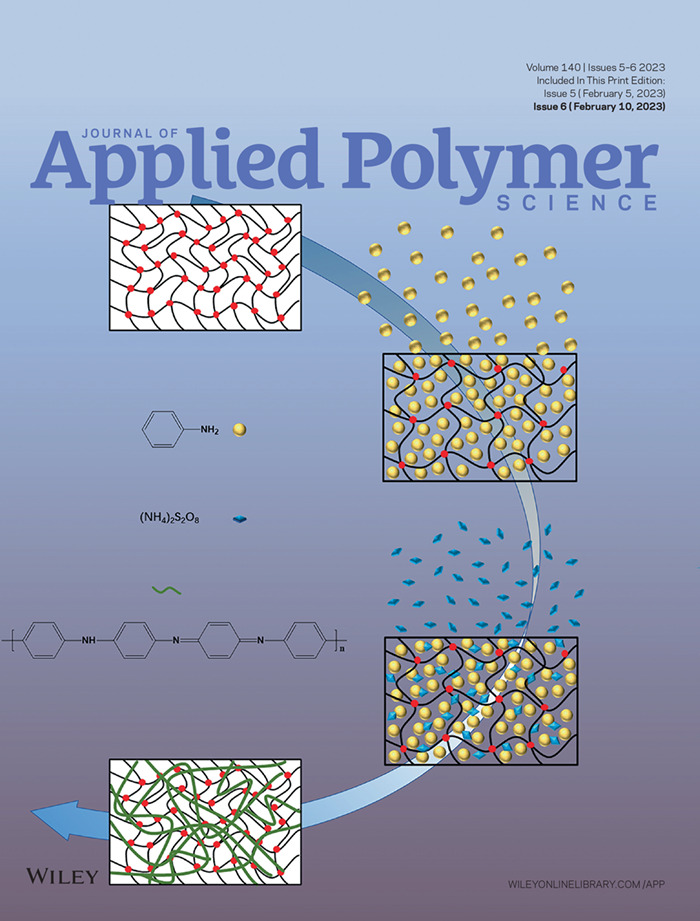
Xuelian Wu designed the cover image based on the fabrication of electrically conductive semi-IPN from shape memory polyvinyl chloride and polyaniline. The electrical conductivity of the as-fabricated semi-IPN at room temperature is around 4.5 × 10−2 S/cm. The shape memory performance and mechanical properties of semi-IPN are slightly different from the original PVC. Further, the key mechanism for the evolution of the electrical conductivity in semi-IPN in one shape memory cycle is revealed. DOI: 10.1002/app.53283
ISSUE INFORMATION
REVIEW
A review: Multidimensional internal plasticization of molecular structure in energetic polymer
- First Published: 24 November 2022
RESEARCH ARTICLES
Evolution of electrical conductivity in semi-interpenetrating polymer network of shape memory polyvinyl chloride and polyaniline
- First Published: 29 October 2022
A functional and robust super-hydrophobic PCC coating based on the induced assembly of modified zirconium phosphate
- First Published: 25 November 2022
Synthesis of octavinyl polyhedral oligomeric silsesquioxane (ovi-POSS) based organic/inorganic hybrid resin microspheres for rapid and efficient oils absorption
- First Published: 24 November 2022
Preparation of DOPO-derived magnesium phosphate whisker and its synergistic effect with ammonium polyphosphate on the flame retardancy and mechanical property of epoxy resin
- First Published: 21 November 2022
Lightweight and flexible sensors based on environmental-friendly poly(butylene adipate-co-terephthalate) composite foams with porous segregated conductive networks
- First Published: 22 November 2022
Preparation of lightweight and high-strength polypropylene-based ternary conductive polymer foams by in situ microfiber reinforcement
- First Published: 26 November 2022
Waste organic acid treatment with polyethyleneimine grafted polystyrene resin
- First Published: 25 November 2022
Metallurgical solid waste modified thermoplastic polyurethane composites: The thermal stability and combustion properties
- First Published: 05 December 2022
Direct rapid formation of polyacrylonitrile/lithium chloride antibacterial nanofiber for liquid desiccant air-conditioning systems with ‘island nozzle’
- First Published: 26 November 2022
Design and properties of dynamic self-healing polyurea molecule based on disulfide bonds
- First Published: 26 November 2022
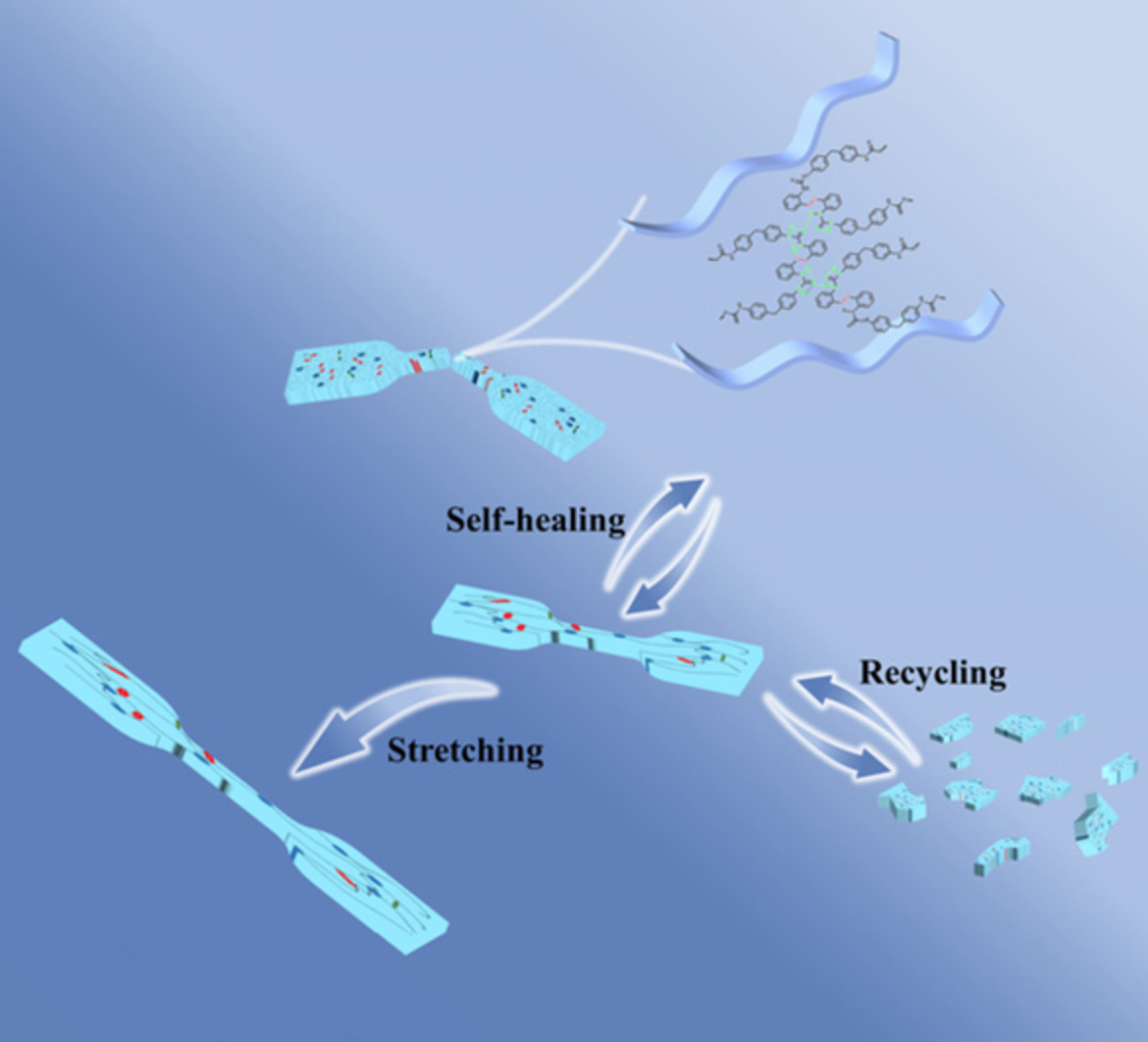
By introducing aromatic disulfide and designing the synthesis route, we introduce disulfide bonds into the position of the cross-linking point of polyurea and adjust the content of disulfide bonds. Polyurea material with high mechanical strength, good self-healing and recycling properties is successfully prepared, which integrates the good mechanical properties of thermosetting polyurea with the good self-healing and recycling properties of thermoplastic polyurea.
Effect of ultrasound treatment on bacteriostatic activity of piezoelectric PHB-TiO2 hybrid biodegradable scaffolds prepared by electrospinning technique
- First Published: 26 November 2022
Flexural behavior of pMWCNTs filled glass fiber/epoxy nanocomposites: Synthesis and interfacial failure
- First Published: 01 December 2022
γ-irradiation hardness investigations of (PANI)1−x(Bi2Te3)x composites for thermistor applications
- First Published: 23 November 2022
Self-healing natural rubber based on dynamic disulphide exchange towards fatigue lifetime extension
- First Published: 28 November 2022
Carbon black distribution driven by its concentration and its effect on physico-mechanical properties of styrene butadiene rubber and butadiene rubber miscible rubber blends
- First Published: 26 November 2022
Electrically-assisted chemical vapor polymerization: A novel method for in situ polymerization of pyrrole
- First Published: 25 November 2022
Virus removal from aqueous environments with polyelectrolyte coatings on a polypropylene fleece
- First Published: 26 November 2022
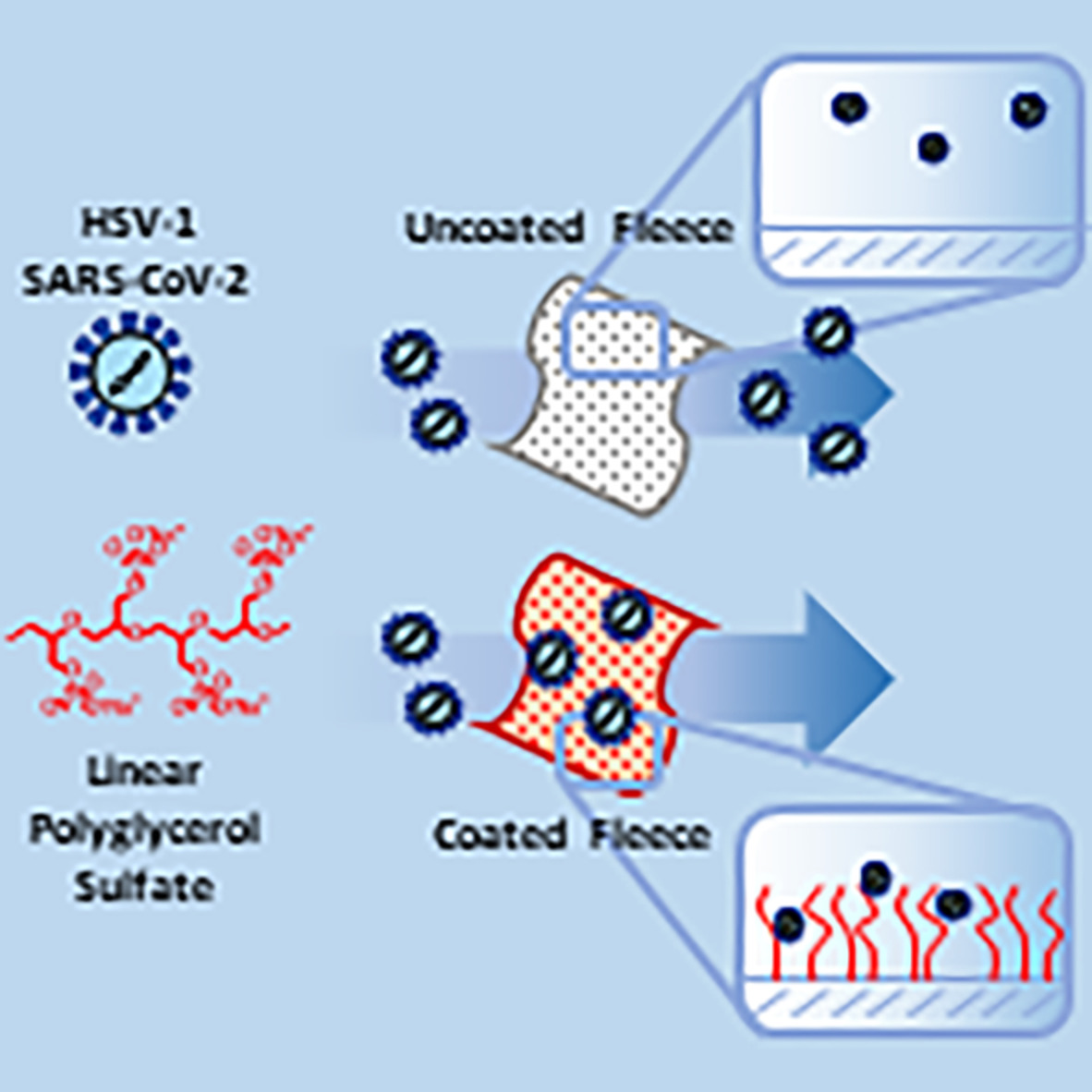
We present three methods to immobilize heparin-mimicking, virus-binding polymers on filter materials. Linear polyglycerol sulfate is grafted to the surface either via mussel-inspired coating chemistry, or by using a benzophenone anchor. Herpes simplex virus type 1 and severe acute respiratory virus 2 are efficiently removed from solution upon incubation with the coated filter.
Rheological and mechanical behavior of non-spherical poly(lactic acid) particles embedded poly(butylene adipate-co-terephthalate) blend
- First Published: 28 November 2022
Effects of mechanical recycling on optical properties and microstructure of recycled high-density polyethylene pellets and bottles
- First Published: 26 November 2022
Degradation of wheat straw/polylactic acid composites with and without sodium alginate in natural soil and the effects on soil microorganisms
- First Published: 02 December 2022
Influence of 3D printing process parameters on the tribological properties of acrylic resin
- First Published: 28 November 2022
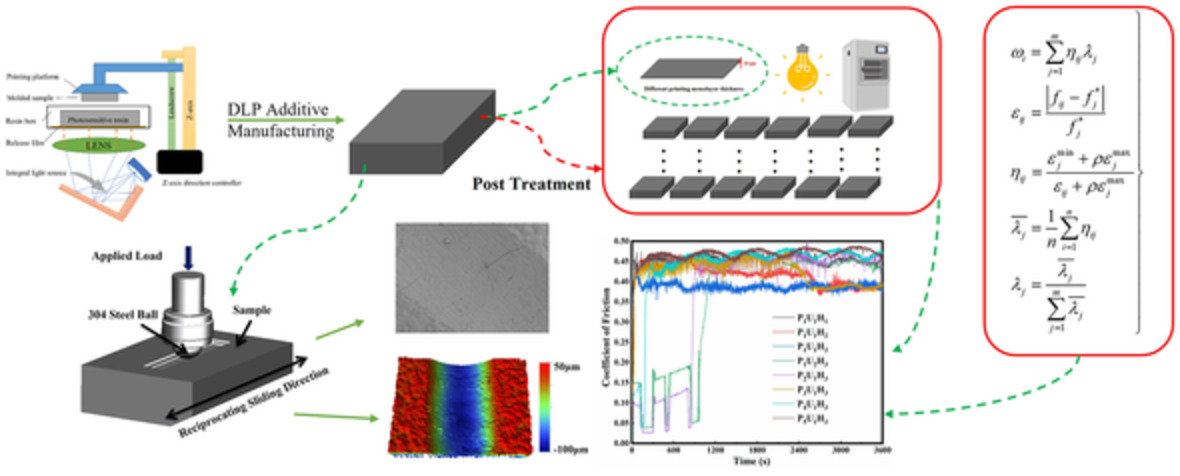
In this paper, the effect of 3D photo-curing forming parameters of acrylic resin on its tribological and mechanical properties is studied. Based on Gray Correlation Theory, the “Wear Resistance Efficiency” (WRE) parameter is defined to comprehensively evaluate the wear resistance and printing efficiency of the samples, and the optimal process parameters are obtained.
Enhanced ethanol pervaporative selectivity of polydimethylsiloxane membranes by incorporating with graphene oxide@silica core-shell structure
- First Published: 25 November 2022
Dodecenyl succinic-β-cyclodextrin with high degree of substitution: Synthesis, characterization and evaluation
- First Published: 28 November 2022
Effect of poly(ether block amide)-graphene/ZnO membranes in mixed gas separation performance
- First Published: 28 November 2022
Kinetics and thermodynamics studies on thermal degradation of differently treated starch nanoparticles and estimation of the OH groups and H2O content on particle surface
- First Published: 26 November 2022
Solid-phase synthesis, reaction mechanism of biomass glycerol metal chelates and its thermal stability property for polyvinyl chloride
- First Published: 25 November 2022
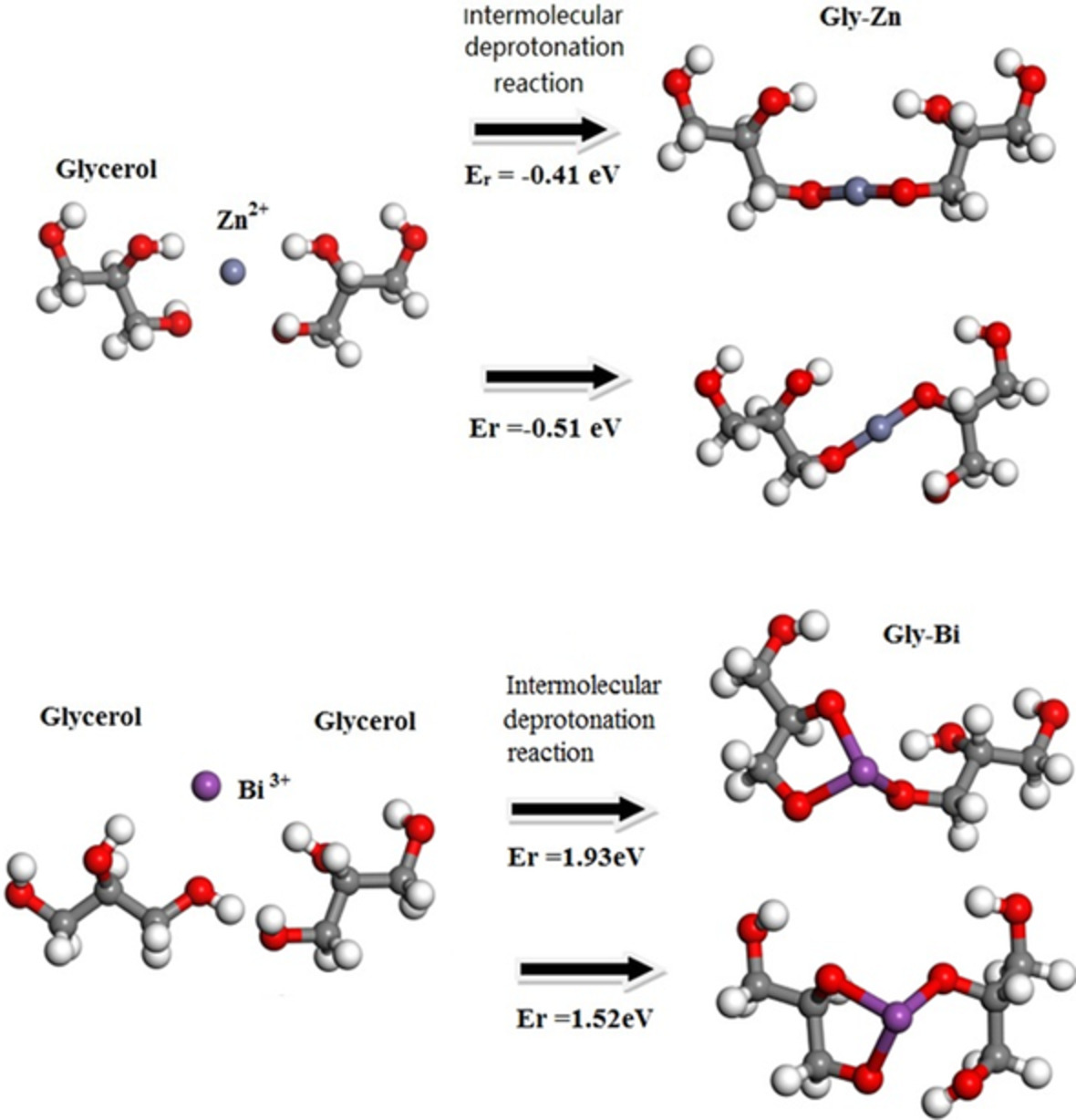
The micro-nanopowders of Gly-Zn and Gly-Bi were prepared by the solid-phase reaction through glycerol and ZnCl2, Bi(NO3)3•5H2O respectively under the presence of SDS. The deprotonation reaction of glycerol and ZnCl2, Bi(NO3)3•5H2O mainly occurs in the hydrogens of secondary hydroxyl and primary hydroxyl for glycerol molecules, but the hydrogen of secondary hydroxyl is more active, and Zn(II) reacts more easily than Bi(III). Moreover, the Gly-Bi is a excellent heat stabilizer rather than Gly-Zn for PVC.
Fluorine-free, highly transparent, chemically durable and low ice adhesion icephobic coatings from biobased epoxy and polydimethylsiloxane
- First Published: 24 November 2022
Improving mechanical and thermal properties of short carbon fiber/polyamide 6 composites through a polydopamine/nano-silica interface layer
- First Published: 25 November 2022
Accelerated-curing epoxy structural film adhesive for bonding lightweight honeycomb sandwich structures
- First Published: 29 November 2022
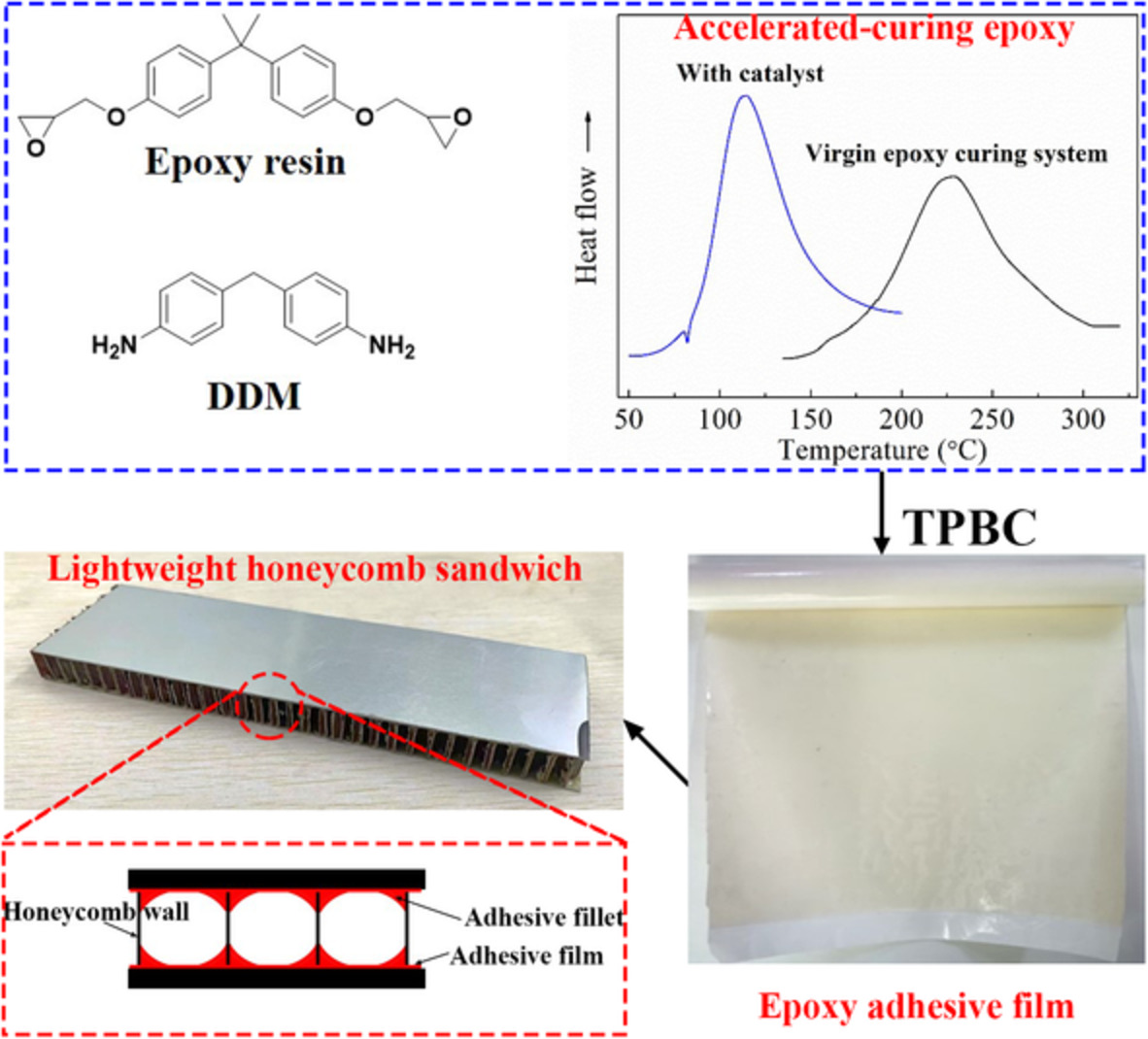
An accelerated curing epoxy/aromatic amine adhesive system with oxo-centered trinuclear (chromium III) complex is designed, and then toughened using a thermoplastic block copolymer. The epoxy film adhesive can be cured at lower temperatures and exhibits excellent heat resistance and bonding properties. Thus, the film adhesive exhibits outstanding bonding properties when used in the bonding of lightweight honeycomb sandwich structures.
Study on preparation and anticorrosive performance of a new high hydrophobic anticorrosive coating
- First Published: 28 November 2022
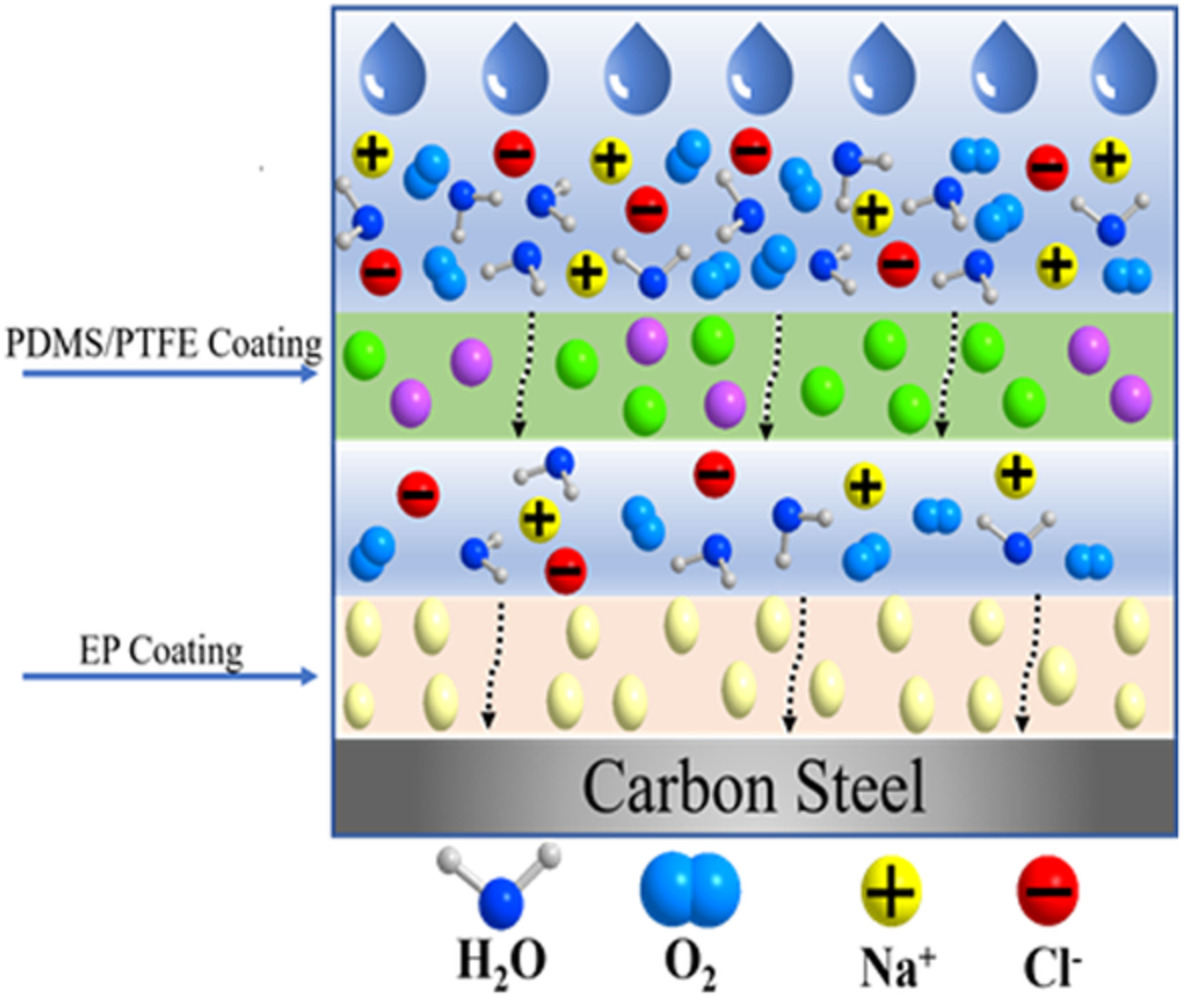
The coating was successfully prepared by layer-by-layer construction. The coating overcomes the defects of the water-based coating and forms an effective barrier protection layer. Compared with the traditional water-based anticorrosive coating, the coating has high hydrophobic performance and better anticorrosive performance.
Structural, thermal and dielectric properties of 2D layered Ti3C2Tx (MXene) filled poly (ethylene-co-methyl acrylate) (EMA) nanocomposites
- First Published: 26 November 2022
A study on the effect of the collector properties on the fabrication of magnetic polystyrene nanocomposite fibers using the electrospinning technique
- First Published: 26 November 2022
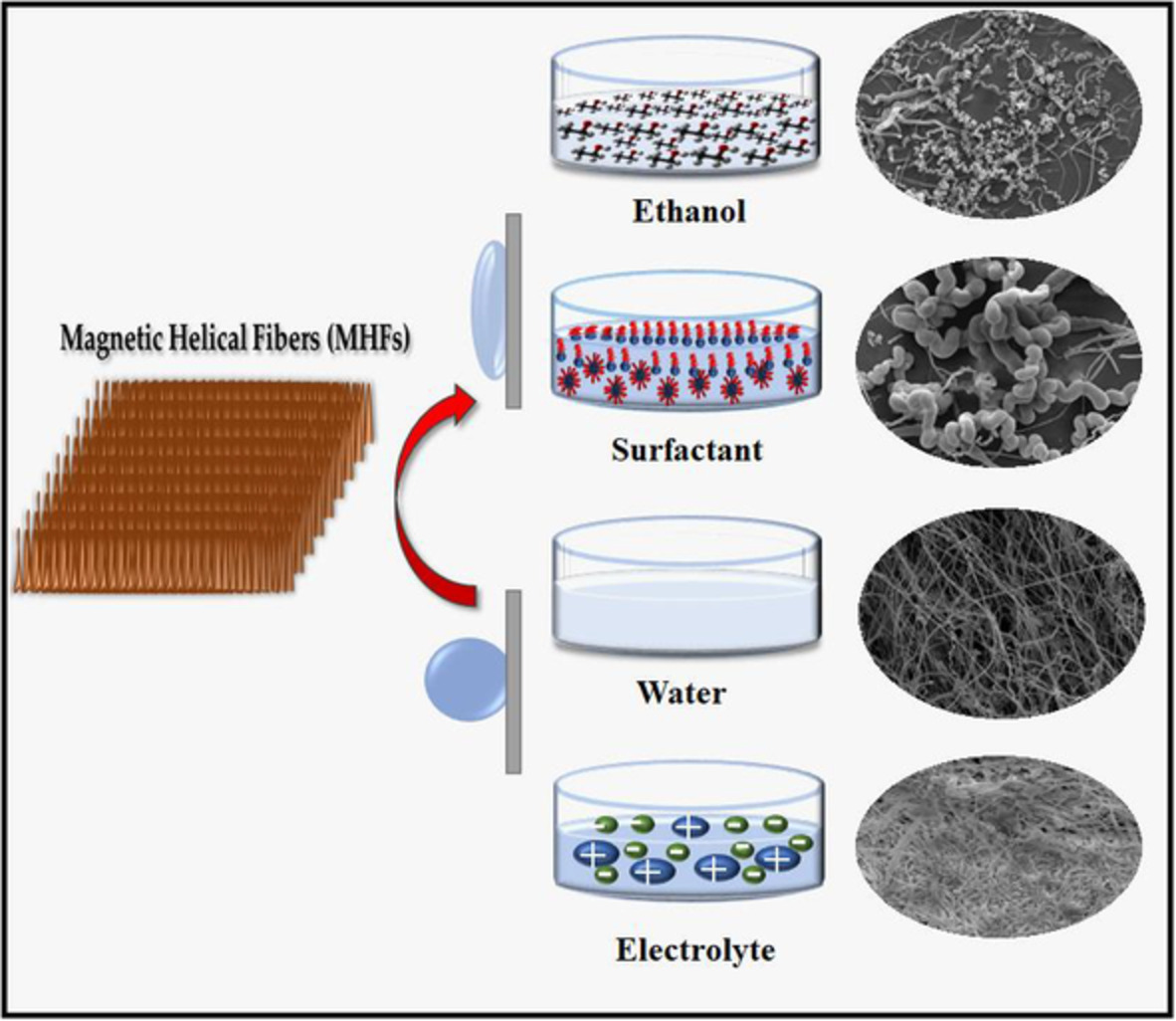
The above study emphasizes the role of collector properties in obtaining a helical morphology in magnetite nanoparticles incorporated polystyrene fibers (MPFs). The higher charge density and solidification rate as a result of magnetite nanoparticles (MNP) incorporation induced bending instability in the jet. The lower surface tension of the ethanol coagulation bath allowed the jet deformation and structure retention. Ethanol bath had a maximum fraction of helical MPFs among the various collector types used.
High improvement of interfacial and mechanical properties in reinforced PP composite by grafting polyethyleneimine modified carboxylic multi-walled carbon nanotubes on short carbon fiber
- First Published: 25 November 2022
Mechanical, thermal, tribological, and flammability properties of polybutylene terephthalate composites: Comparing the effects of synthetic wollastonite nanofibers, natural wollastonite, and graphene oxide
- First Published: 28 November 2022
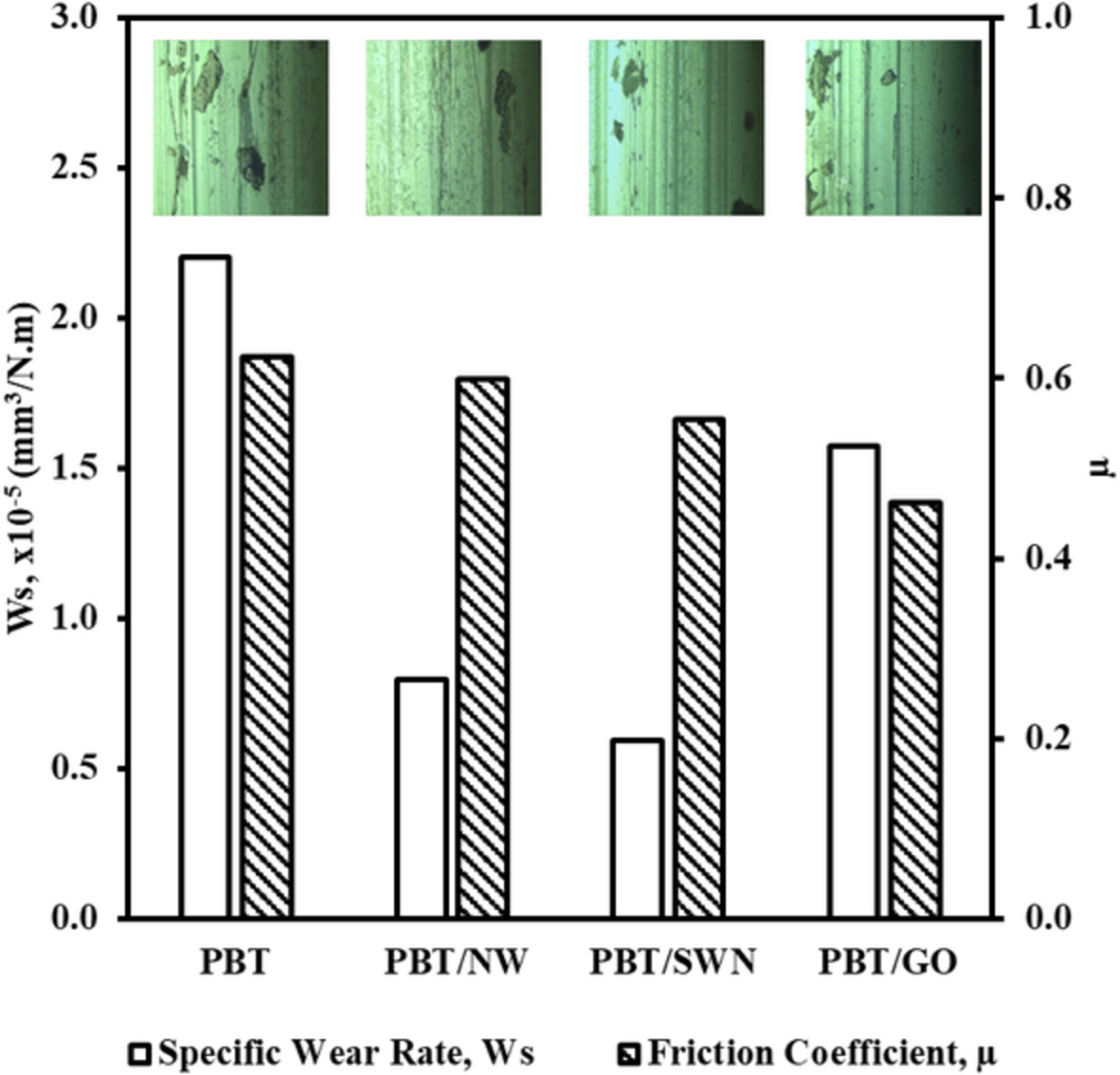
This article compares the mechanical, thermal, tribological, and flammability properties of polybutylene terephthalate composites based on synthetic wollastonite nanofibers, natural wollastonite and graphene oxide. Synthetic wollastonite nanofibers demonstrated excellent load-bearing ability, while graphene oxide exhibited excellent lubricating ability.




